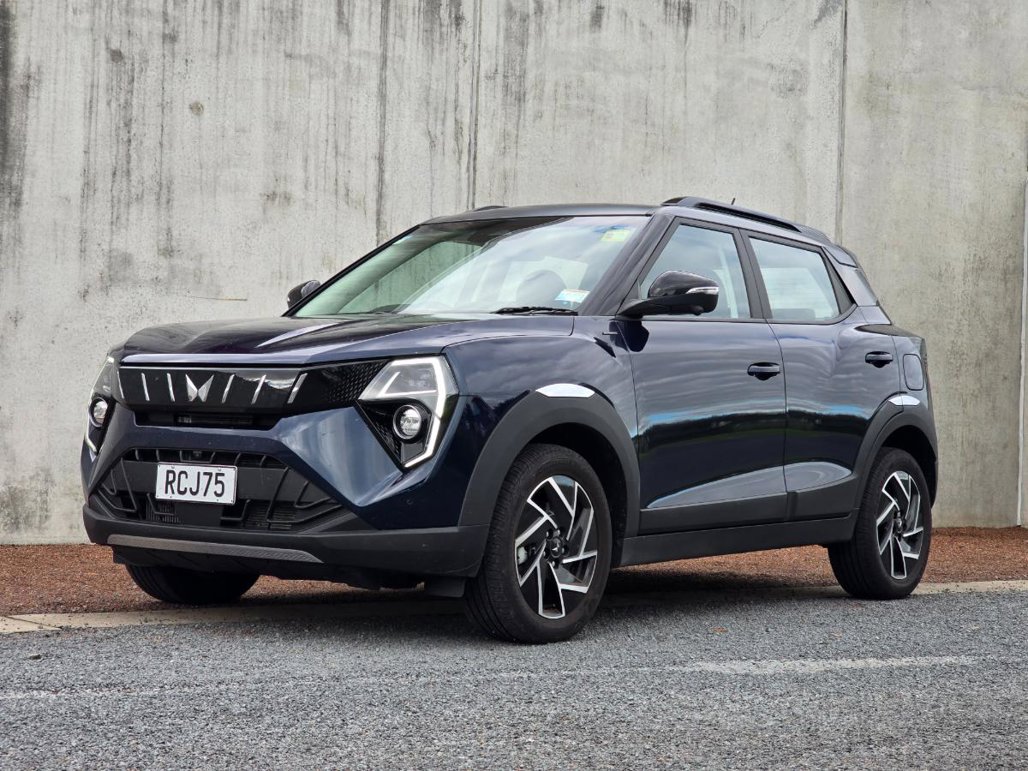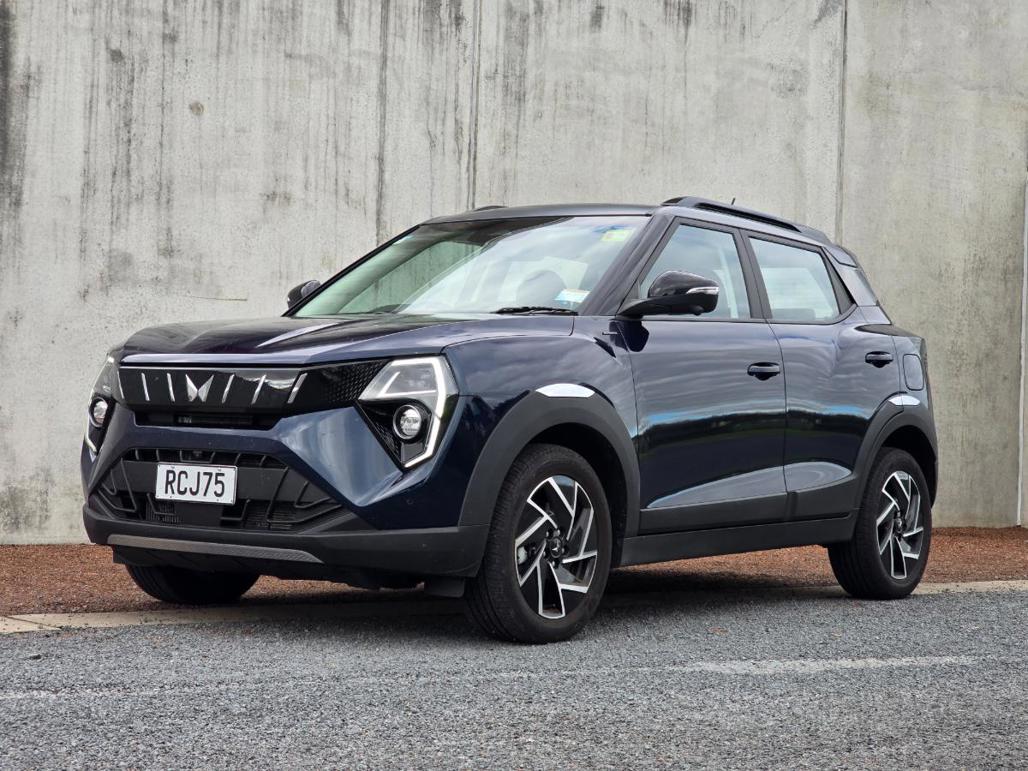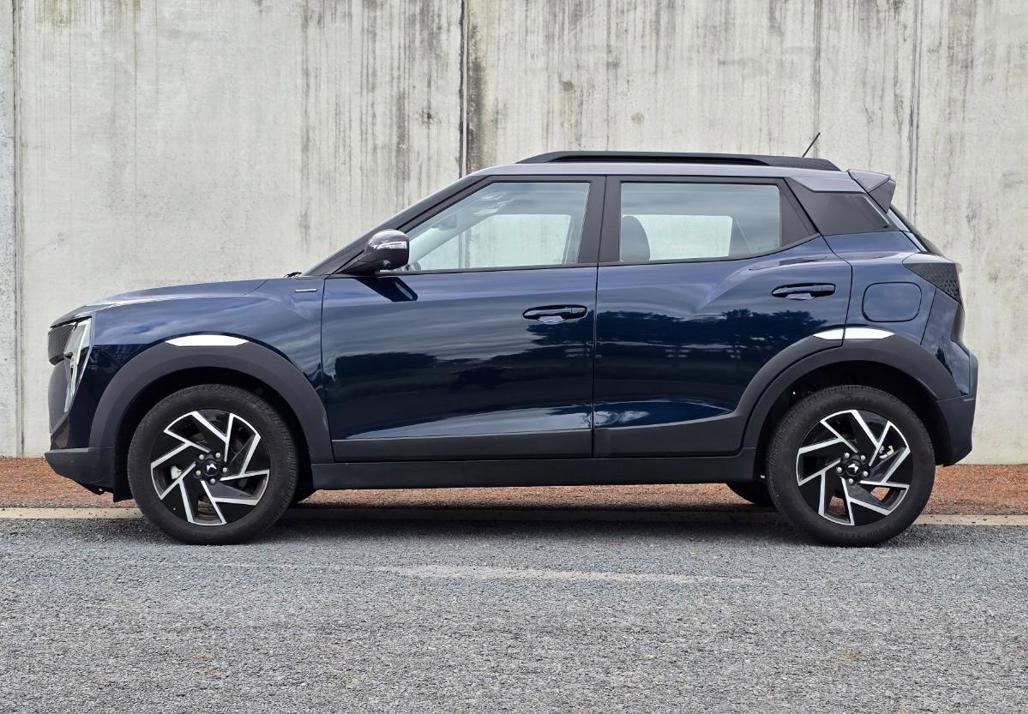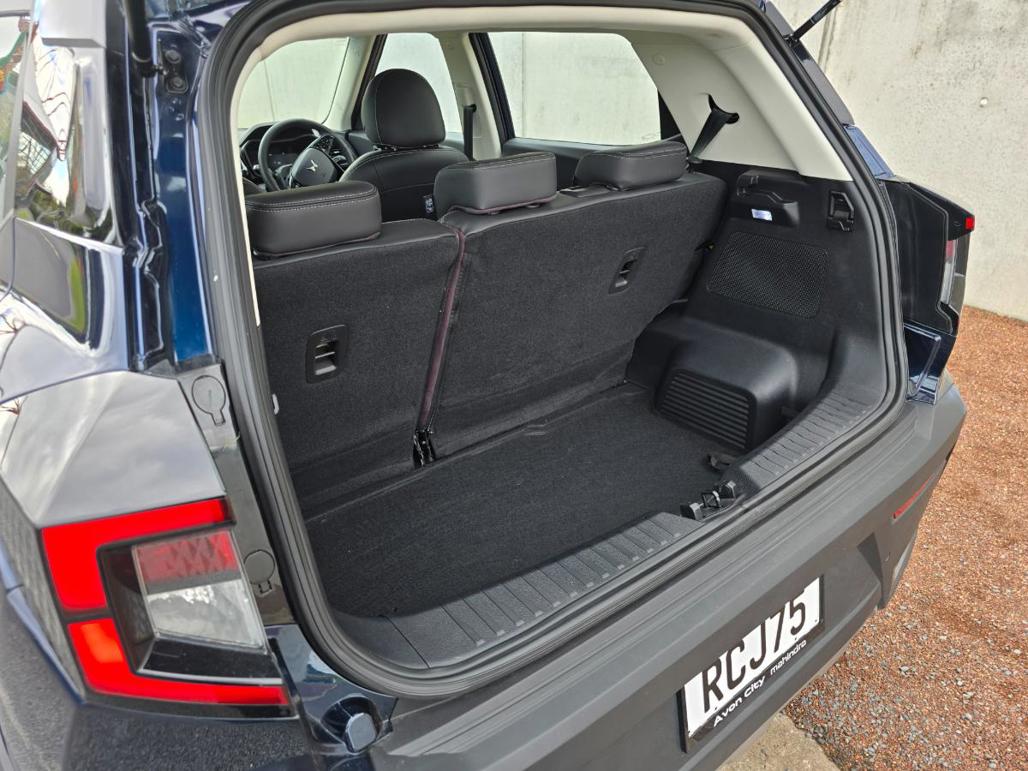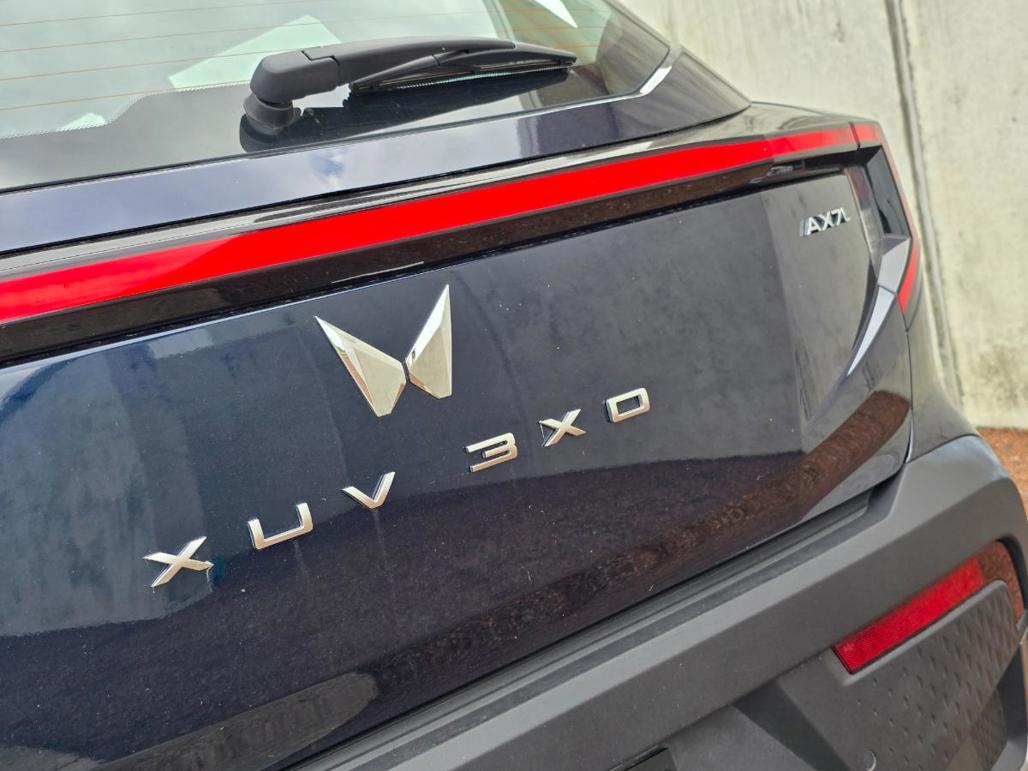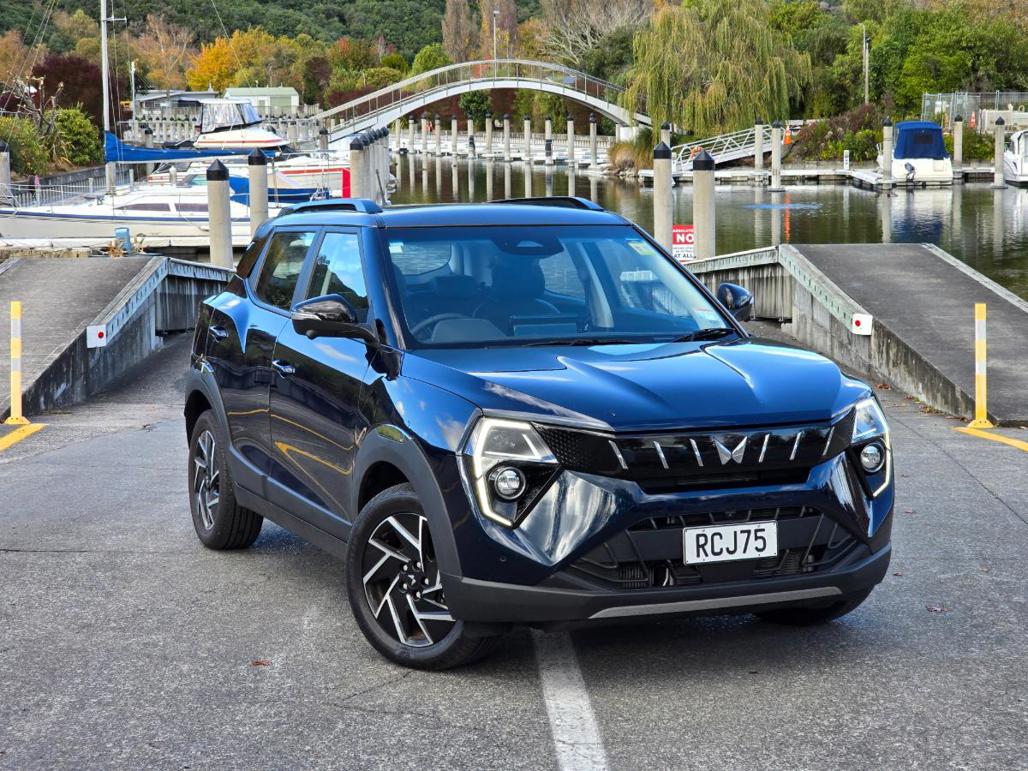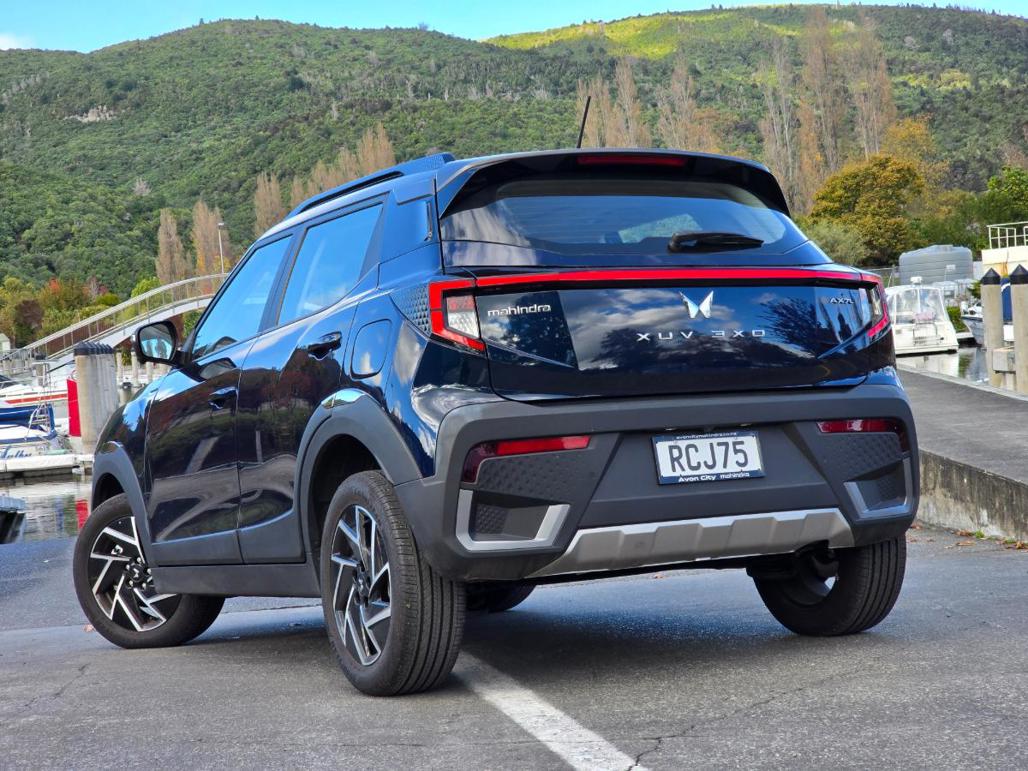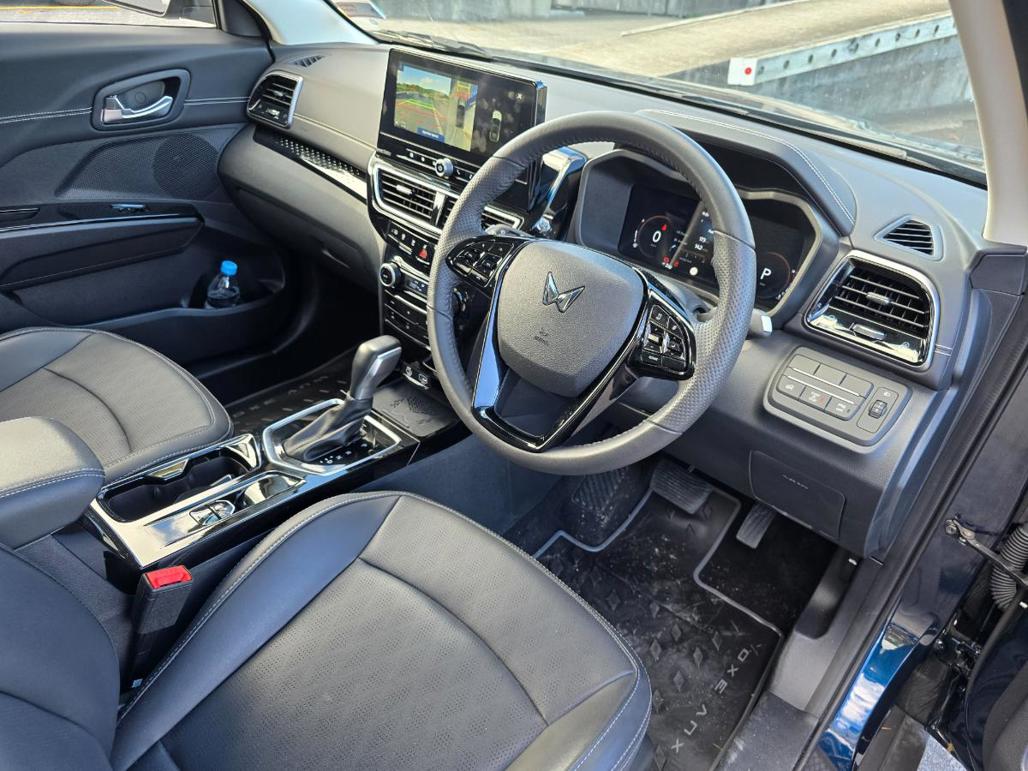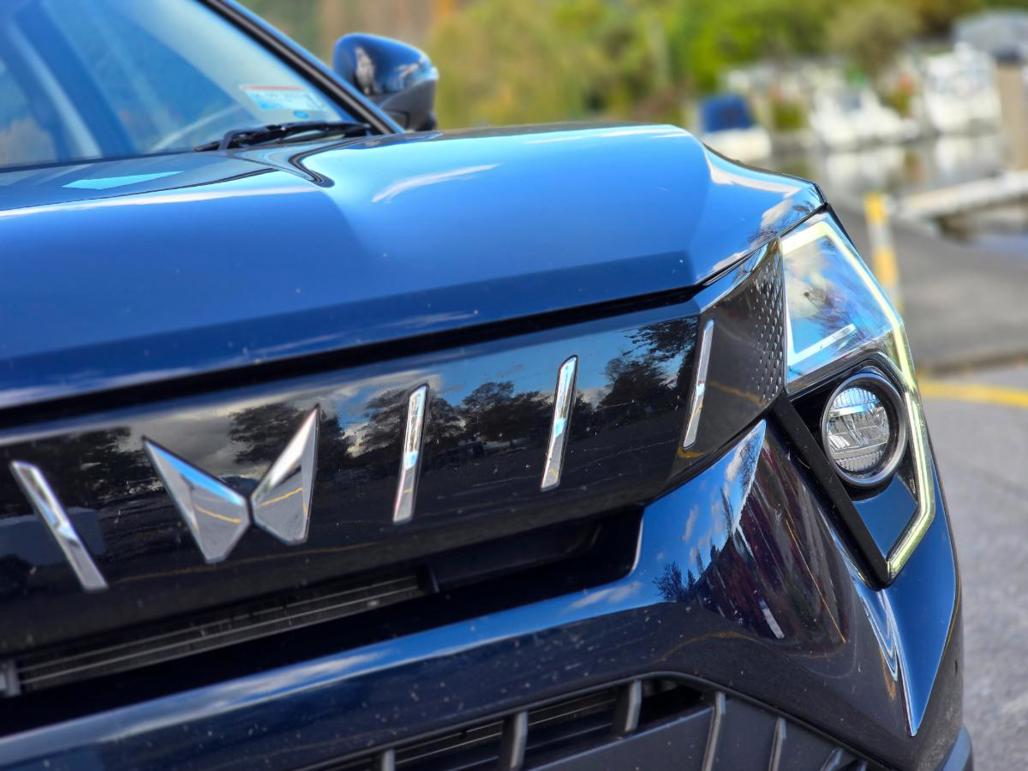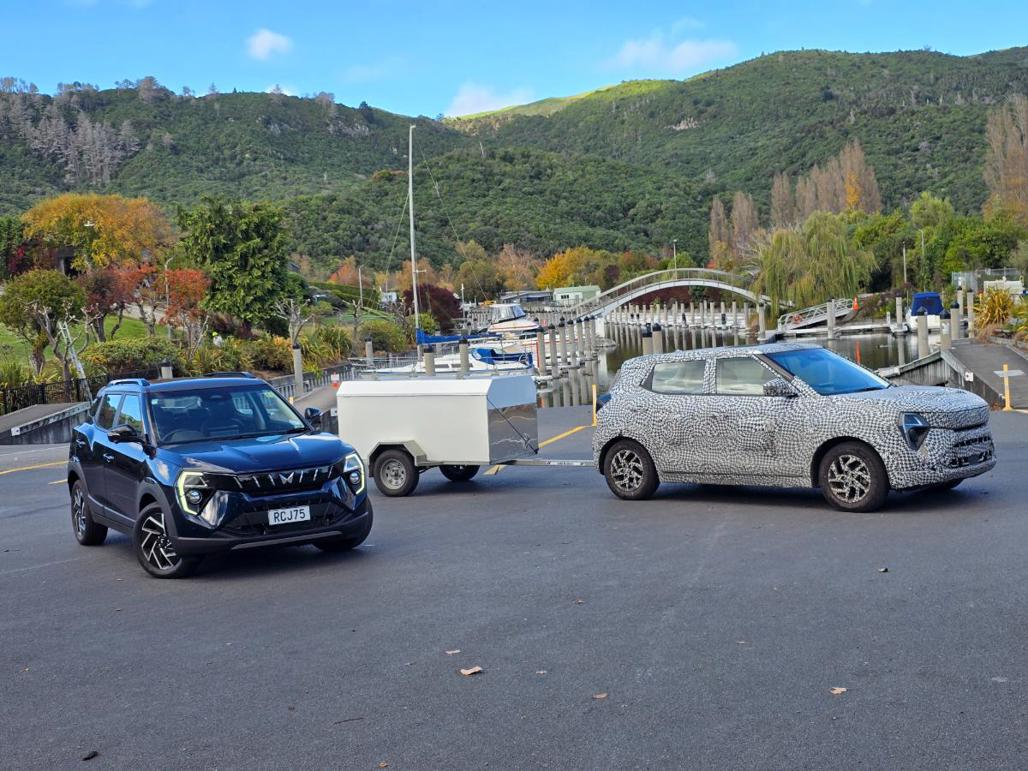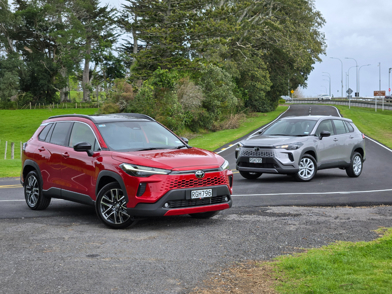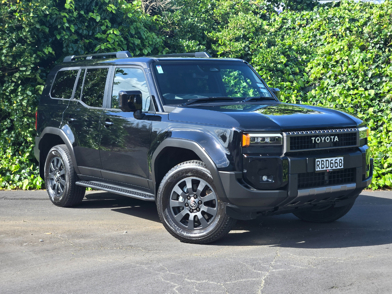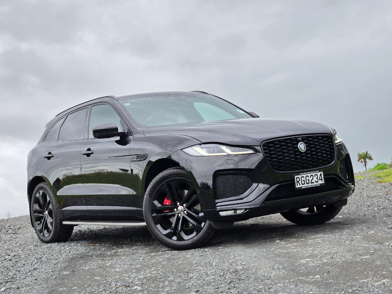What’s this new car all about then?
The Mahindra XUV 3XO is a small city SUV that started life as the XUV 300, Mahindra’s version of the SsangYong Tivoli that was developed with Mahindra money back when the Indian giant owned the beleaguered Korean manufacturer.
Where SsangYong largely left the Tivoli to wither and die (the last one we drove was desperately over-priced at $43k and just felt cheap), Mahindra has taken the basic package and transformed it into a properly modern small SUV.
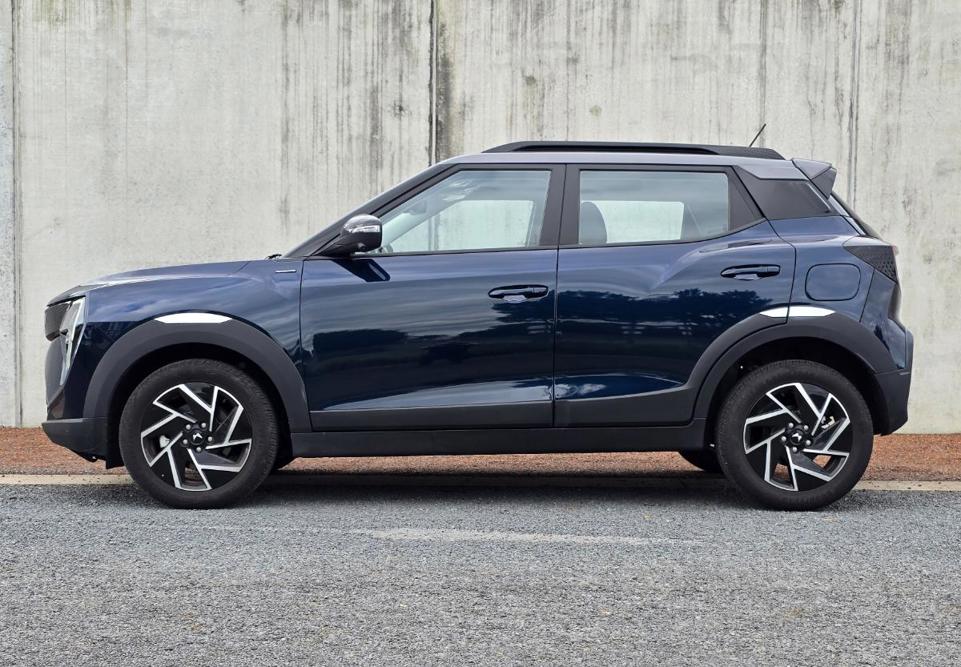
While there are hints of Tivoli in the 3XO’s styling (the rear haunches are a dead giveaway), the 3X0 is actually 230mm shorter that the SsangYong (or rather KGM as it is now known), as well as packing distinctively different front and rear styling.
Genuinely striking and endearing - in an angry puppy kind of way - the 3XO’s styling is modern and distinctive, and most definitely not “generic small SUV”, which is refreshing.
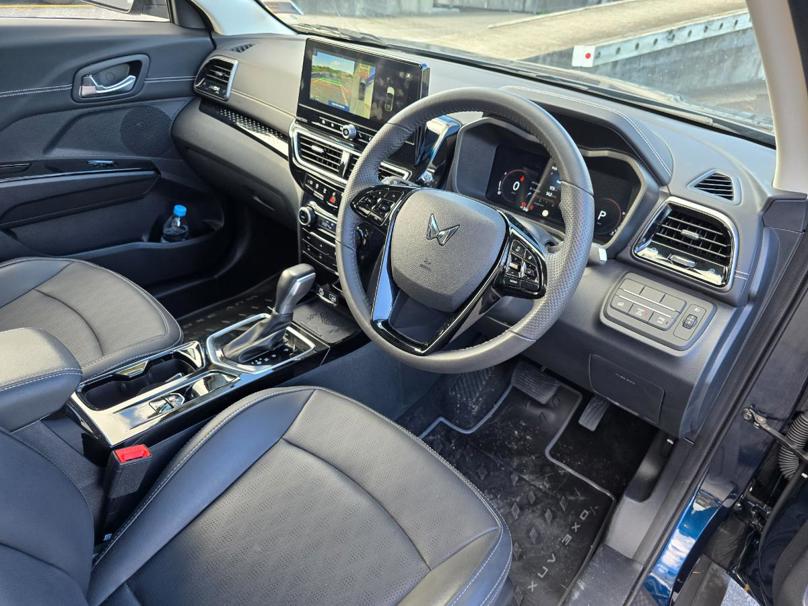
On the inside the 3XO steps up its game even further, however, with an interior that is made from impressively good quality materials and a level of tech that is not usually seen in its price segment.
How much is it?
We’re not actually sure exactly how much the XUV 3XO will be yet, but it will start at “under $30k” for the entry AX5L model with the top-spec AX7L model costing $3k more. Just how far under $30k remains to be seen, however.
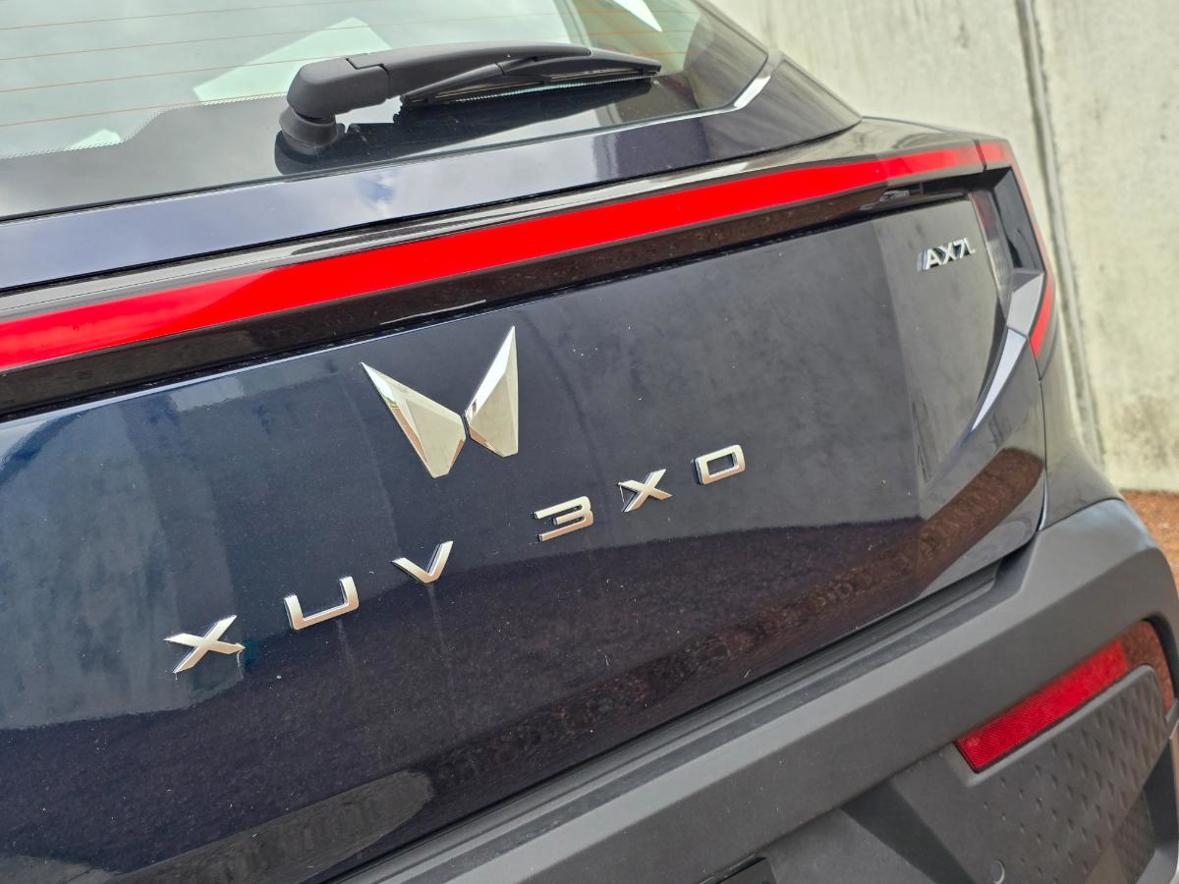
For that money you get things like adaptive cruise control, lane keep assist, a 360-degree camera, a 10.3-inch touchscreen infotainment system with wireless Android Auto and Apple Car Play, a 10.3-inch digital cluster, wireless phone charging, a sunroof, keyless entry with push button start, a chilled glovebox, tyre pressure monitoring, dual zone climate control and 16-inch alloy wheels.
The transmission is a slick and thoroughly modern unit, while the engine is also impressively refined.
The AX7L model adds bigger 17-inch alloys, artificial leather upholstery, a larger panoramic sunroof, a Harman Kardon audio system with a subwoofer and a 65w USB fast charging port.
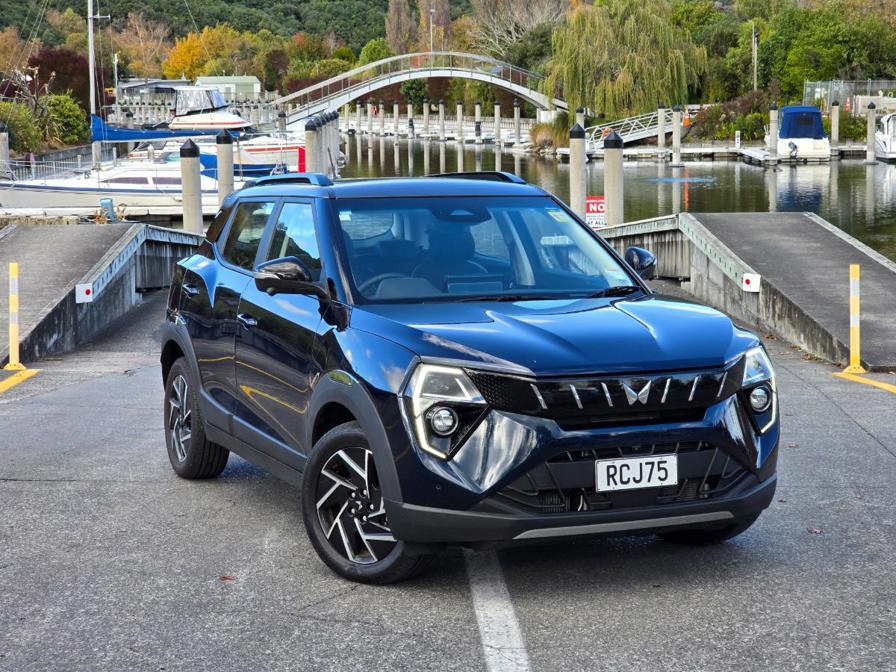
Both models also come standard with a full Level 2 ADAS system that features steer assist, lane assist and adaptive cruise control. Which, let’s face it, is a serious amount of standard kit, even if the 3X0 clocks in at $29,990.
What’s it like to drive?
The 3X0 is powered by an 82kW 1.2-litre three-cylinder turbo petrol engine that drives the front wheels through an Aisin 6-speed automatic transmission. The transmission is a slick and thoroughly modern unit that does everything you would expect of it in a refined and nicely responsive way, while the engine is also impressively refined.
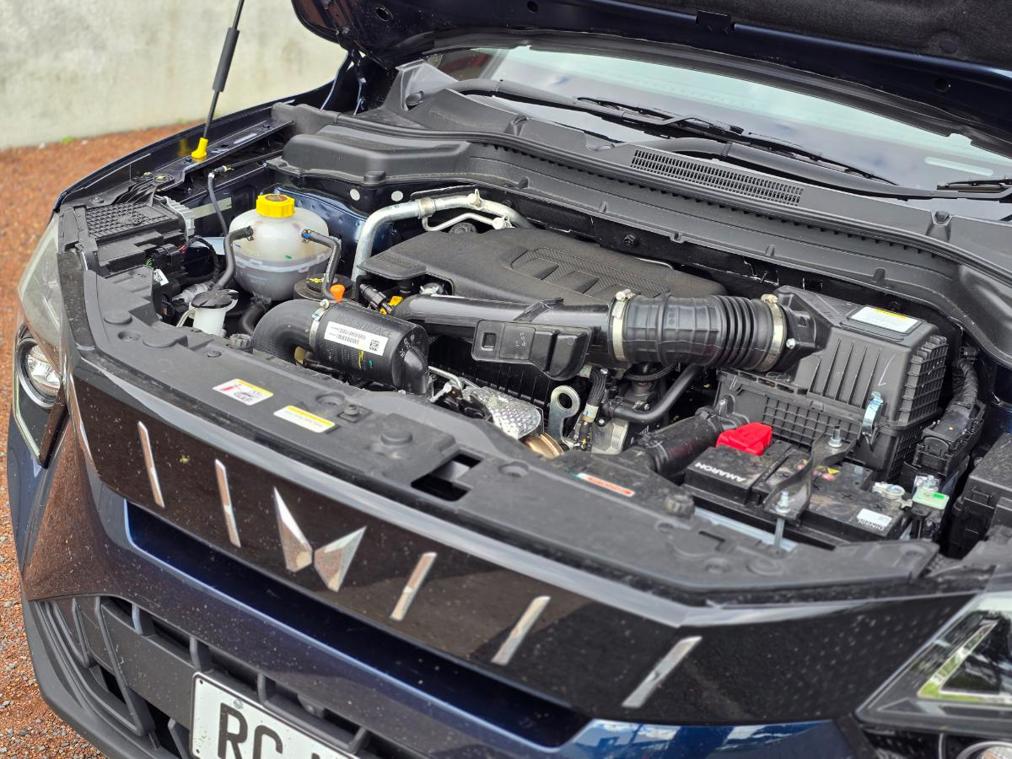
It isn’t, however, the most powerful thing around, and while it is perfectly adequate when thrashed around at urban speeds, does tend to run out of breath fairly quickly on the open road. This basically means that overtaking manoeuvres need to be thoroughly considered, but that’s about it.
The opportunity to pull a full load behind a tiny 1.2-litre FWD car is… well, pretty rare. And rather bold on the part of Mahindra NZ, it must be said.
An unusual aspect of our launch drive in the 3XO was the presence of a camouflaged (yes, really) and thoroughly thrashed and beaten evaluation car that Mahindra’s local distributor used to calibrate suspension and safety assists for New Zealand, which we were allowed to drive.
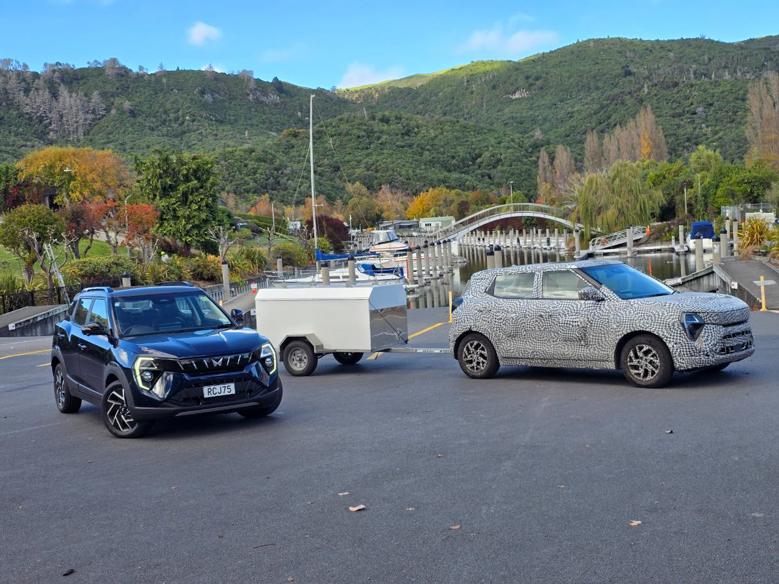
But with an interesting twist – the hard-worn small SUV was loaded literally to its legal limits with sandbags, including a trailer with a full 750kg in it, as well as sandbags in the boot and back seat. And a 100kg+ journalist in the driver’s seat…
This is a genuinely rare opportunity for us as most towing demonstrations involve something like a ute and a boat – literally the last thing I towed was a 4500kg boat behind a Chevrolet Silverado 2500 around a race track (yes, really) – but the opportunity to pull a full load behind a tiny 1.2-litre FWD car is… well, pretty rare. And rather bold on the part of Mahindra NZ, it must be said.
But guess what – it paid off. The 3XO was genuinely impressive with its maximum load both behind and inside it. No, it certainly wasn’t fast, but it was superbly confident through corners, and the fuel consumption didn’t go through the roof - we averaged 5.9l/100km in the AX7L on a thrash to Taupo and back, while the AX5L with the trailer was sitting on 7.8. Neither were driven gently.
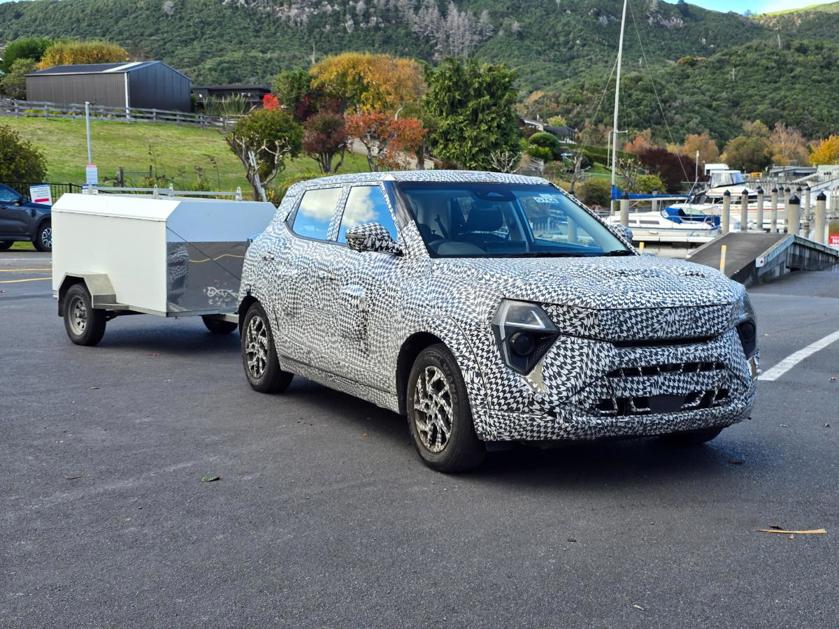
Yes, you certainly noticed the front end was lighter through corners, but even if you badly miscalculate and head into a corner too fast it was extremely predictable and forgiving and never pushed around too much by the 750kg behind it.
Simply put; it is truly better than it should be for both its price and segment.
But what is it like without all the weight? Again, it is it is genuinely impressive, with a surprising amount of tenacity from the front end through corners and a genuinely responsive chassis, while ride quality is supple and surprisingly refined for a small vehicle.
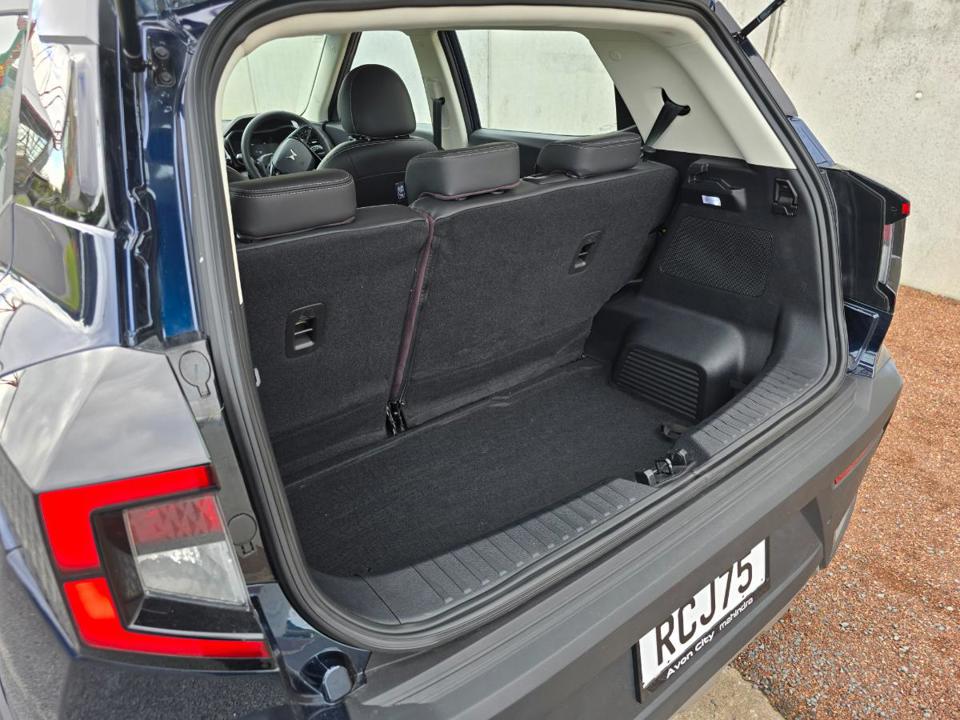
Simply put; it is truly better than it should be for both its price and segment.
The same can be said of the driver assists which, along with the suspension, very much show the benefits of local calibration; Mahindra's local distributor did more than 40,000km on NZ roads, including more than 10,000km towing.
The lane keep warning had a tendency be a bit vocal on rural roads, but is quick and easy to silence, while the lane keep assist was genuinely subtle and effective, better than some cars costing considerably more money.
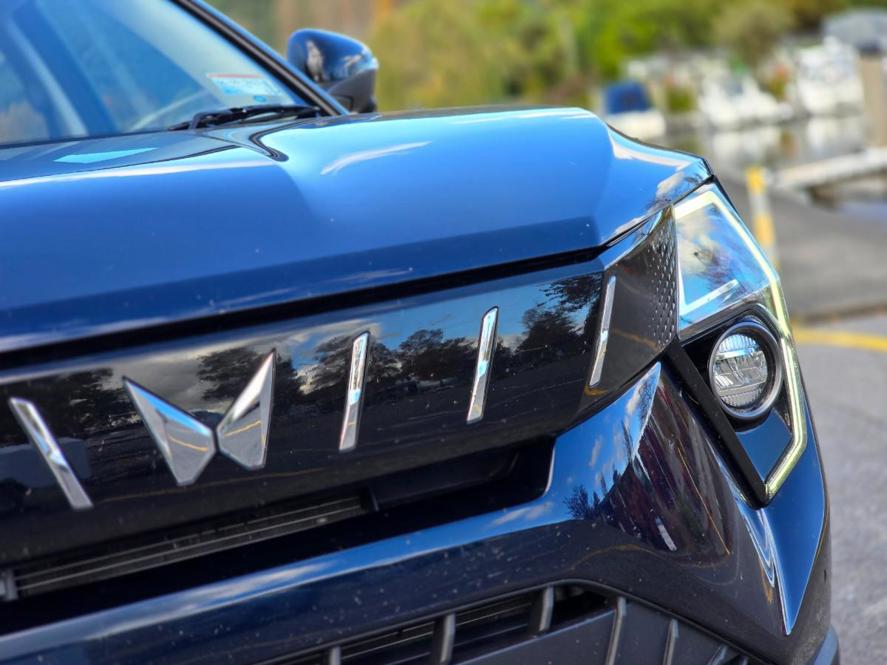
It wasn’t all sweetness and light however, and while adaptive cruise and lane keep assist are impressive inclusions in the segment, they aren’t perfect, with both having a tendency to nibble at the steering and brakes, making small adjustments with a subtle but perceptible jerkiness at times.
What’s the pick of the range?
While we only drove the top NZ-spec model on the launch, the very well-used car hooked up to the trailer was largely local entry-spec, albeit with a white interior that won’t be offered here.
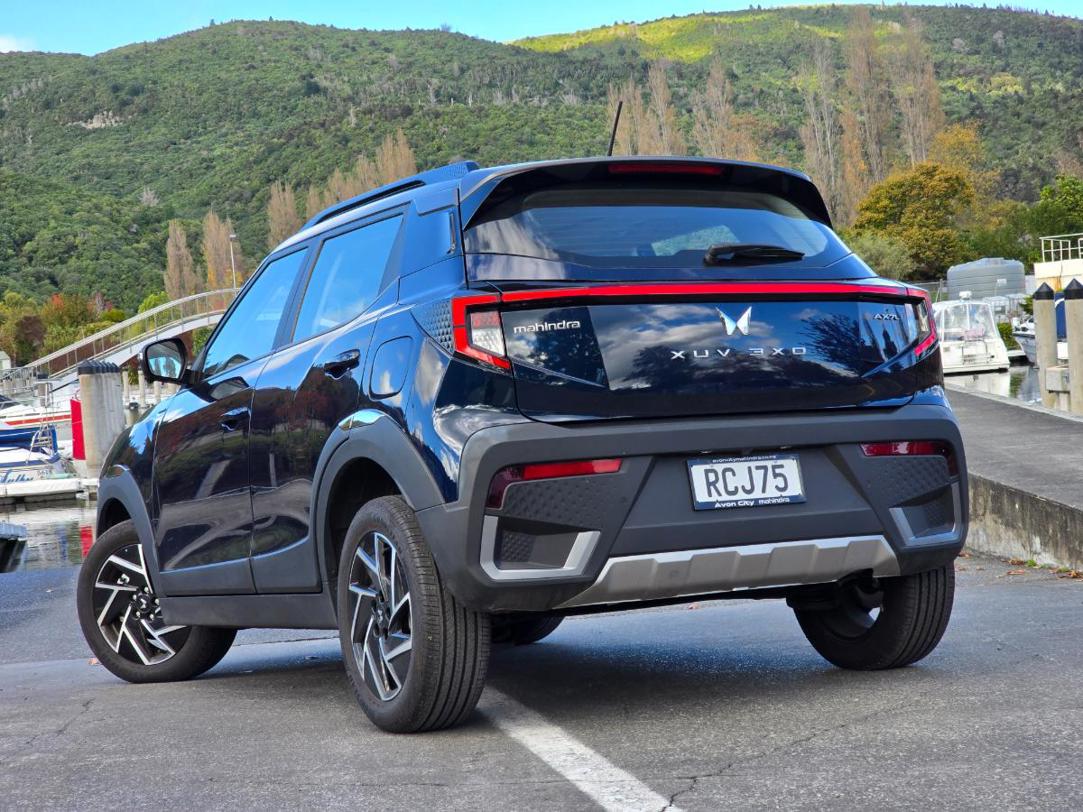
While the entry-level car was impressive for the money, the extra money asked for the top-spec model adds a lot of extra kit and comes off as comparatively better value for money.
As far as cars that start “under $30k” go, it is the Mitsubishi ASX that is directly in its sights.
However, as both are mechanically identical and come with the same high level of safety tech, so it will really just depend how far under the $30k mark the entry car is.
What other cars should I consider?

The XUV 3XO largely lines up against the many, many other options in the small SUV segment, but as far as ones that start “under $30k” go, it is the Mitsubishi ASX that is directly in its sights.
The ASX starts at $27,990 for the LS model and tops out at the $35,990 VRX, and in comparison to the 3X0, is slightly larger and more powerful (112kW), but is quite an old car now and hampered by a lethargic and noisy engine, and CVT transmission.
Other competitors include the Kia Stonic ($28,990 to $35,200), Hyundai Venue ($31,990 to $34,990) and MG ZS ($29,990 to $39,990).

